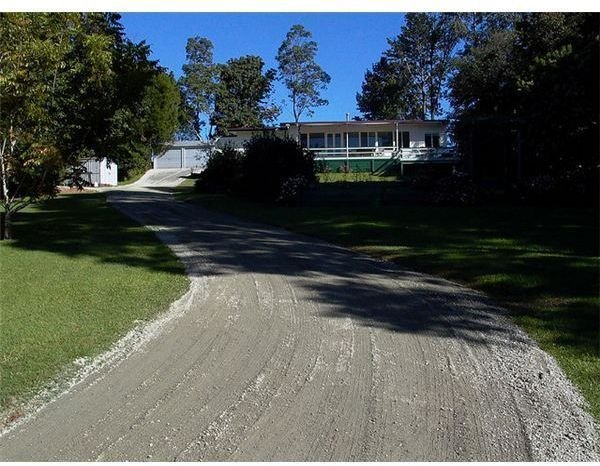Construction Waste from Pavements Can Be Reused As Recycled Asphalt
Recycled Asphalt Facts and Properties
It is estimated 36 million tons of dismantled asphalt concrete are generated each year and 80 to 85 percent of it is recycled and reused for roadwork. The balance finds its way into landfills, and will normally be comprised of material that has gotten heavily contaminated with other materials which even recycling plants find difficult to remove. Properties of any recycled asphalt (RAP) will depend on the constituents of the materials in the pavement that has been cannibalized. Where such pavement has been used under very heavy traffic conditions or where the original aggregates had lower quality, the RAP may have fractured aggregate and probably lower strengths. The quality of the recycled material is also dependent on how often that particular pavement has been resurfaced or patched which will affect the quantity of asphalt in the material. All these factors need to be taken into consideration before deciding on the use of the asphalt.
Image source: Flickr : https://www.flickr.com/photos/maleny_steve/3032960445/sizes/z/in/photostream/
The Process of Recycling Asphalt Pavements
When highways and roads need resurfacing or need to be redone, the asphalt pavement is removed by milling or removal of the full depth of the pavement. Milling machines are used to remove the top 2 inches of material in a single pass, whereas full removal will involve ripping up the complete pavement with pavement breakers, bulldozers or other rippers attached to construction machinery. During processing all RAP is crushed or milled to a size of about 1.5 inches. Milled RAP may produce finer sizes but the overall process does give aggregates that are better graded than natural aggregates. Asphalt content will vary from 3 to 7 percent.
Normally such asphalt is sent to a central facility for processing to convert it into reclaimed asphalt pavement. Where such recycling is done in situ, self propelled pulverizing machines mix the reclaimed material with additives and again relay the asphalt back on the road surface from which it has been removed. The surface is then compacted as usual before being opened to traffic. Such in situ recycling is normally done for material that is milled. Recycled asphalt that is sent to central processing plants is used as base or sub base for road construction, or is again incorporated into asphalt roads by the cold or hot mix process.
Recycled Asphalt for Driveways

Recycled asphalt is a mixture of crushed asphalt, aggregate and concrete and is an excellent material for a driveway. It holds very well in rain and snow and because it allows percolation, mud rarely forms on a driveway made of this material. The layer of recycled asphalt should be spread evenly over the driveway and compacted with a vibrating plate compactor. This equipment can easily be hired. You can put on a seal coat if you think it necessary, but the gravelly surface that a layer of recycled asphalt gives is good enough for most driveways.
Recycled asphalt can be available from recycling plants that most towns and cities have. You can even find suppliers on the internet who will arrange to supply you the required quantity.
Image Source: Wikimedia : https://www.flickr.com/photos/nirak/502758795/sizes/z/in/photostream/
References
Reclaimed Asphalt Pavement - https://www.tfhrc.gov/hnr20/recycle/waste/rap131.htm
Gravel Driveways - https://www.drivewaytips.com/costsomuc.html#gravel
